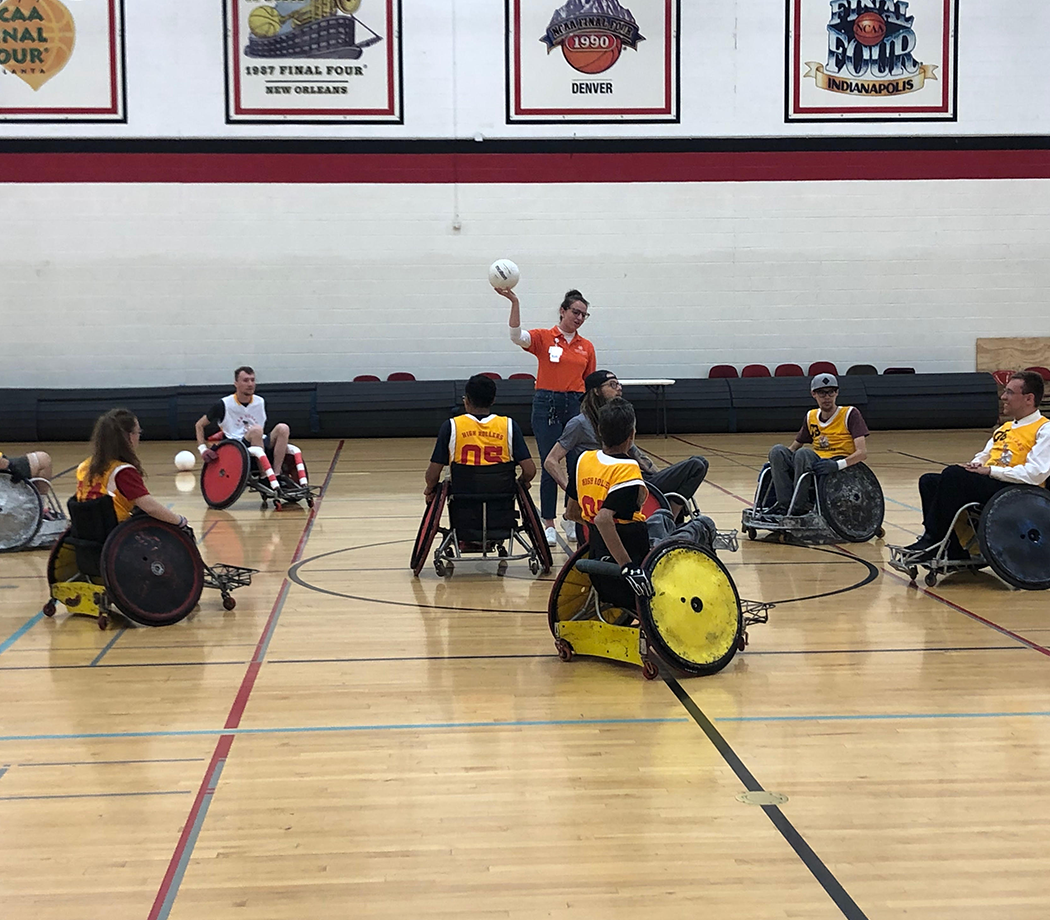Guide to Establishing Evaluation Indicators
Developing “Good” Indicators
Every application must include one or more evaluation indicators and a plan for evaluating the success of the project if it is funded. You don’t have to be an expert in evaluation in order to develop “good” evaluation indicators or an evaluation plan.
In deciding what indicators you want to put in, ask yourself these questions:
- How will I know if the program worked?
- How will I know if the program has been successful?
Imagine the project is funded and it has been completed. You are very happy because it was successful and had an improved the quality of life of people who are paralyzed? Specifically, what does this mean? What will have changed? What does “success” mean for the project?
“Outputs” and “outcomes”
Most of the indicators you’ll include will be either “outputs” or “outcomes”. An output is a number. Examples include:
- An increase in the number of people served
- An increase in the amount of time each client is served
- A decrease in a waiting list
- An increase in the geographical area served
An outcome, on the other hand, is typically a change in someone’s attitude, knowledge or behavior. Examples include:
- Increases in someone’s knowledge about a topic
- Higher levels of satisfaction, happiness or quality of life
- Changes in behavior
- Changes in attitude
Your evaluation indicators can be either output indicators (“we will serve XX additional individuals”) or outcome indicators (“XX individuals will receive a higher quality of service” or “the quality of life of XX individuals will be improved.”). You have to specify what this means.
Remember: if you include it, you have to measure it.
Every application must also have an evaluation plan. Once you have developed your indicators, ask yourself: how will I go about finding out this information? What will I do?
Helpful hints
Here are some helpful hints as you develop the evaluation plan.
- Don’t over-promise. Remember that for every indicator you include, you are committed to following through on the plan to collect the information by the end of the grant period. Never include an indicator for which you haven’t carefully through how the information will be collected.
- Remember, it’s got to be measurable. Having vague indicators (“clients will be happier” or “clients will become more independent”) will come back to haunt you when you have to measure them. “Happiness” or “Independence” are pretty broad, vague concepts – drill down and decide specifically what you mean by them. For outcome measures, you will need to specify what you mean (specifically, what does it mean to “improve the quality of life” of people served in this grant? How will you define it for purposes of this grant?
It’s not necessary to devote significant grant funds to evaluation. There does need to be a “doable” evaluation plan that you’ll follow through on, but it’s important that the great majority of the funds go towards the program or service.









